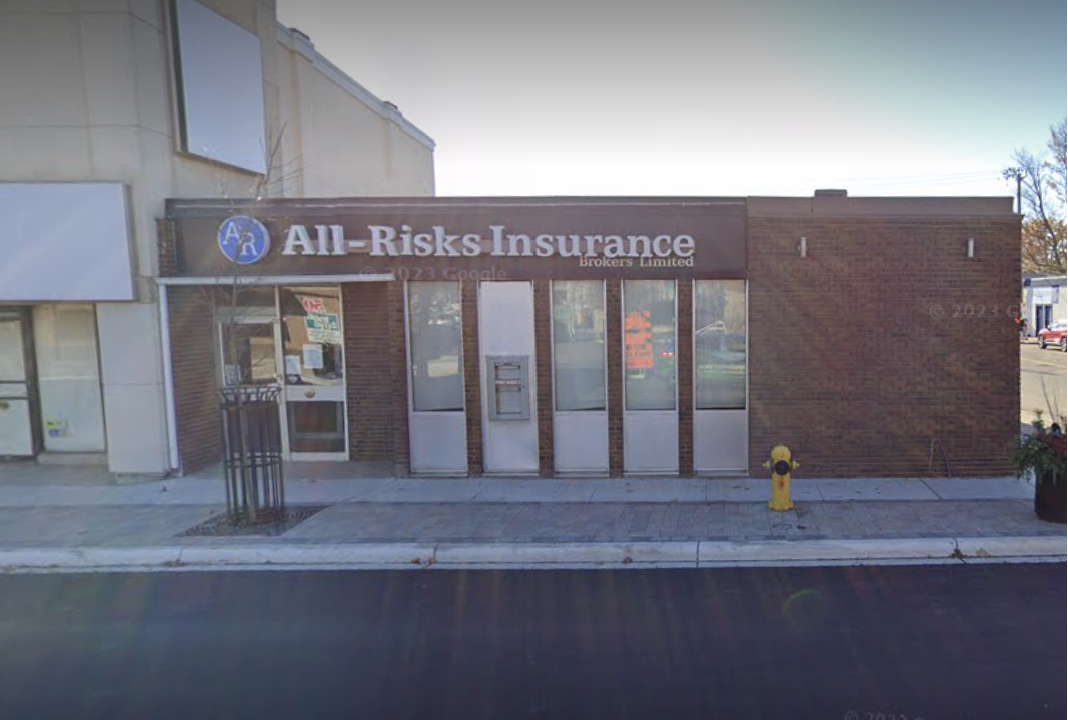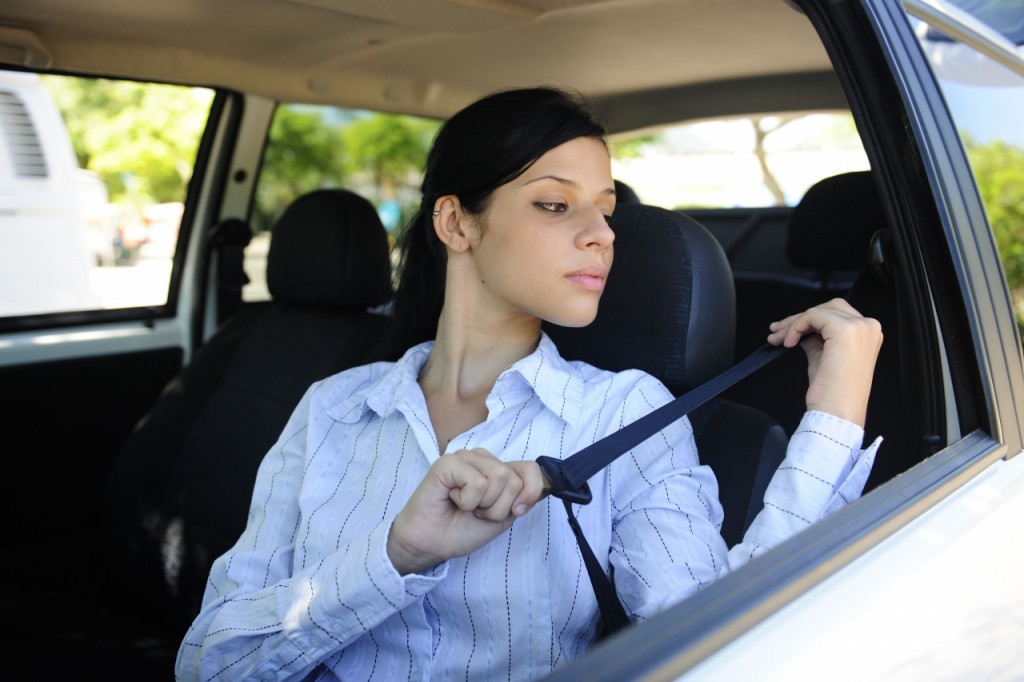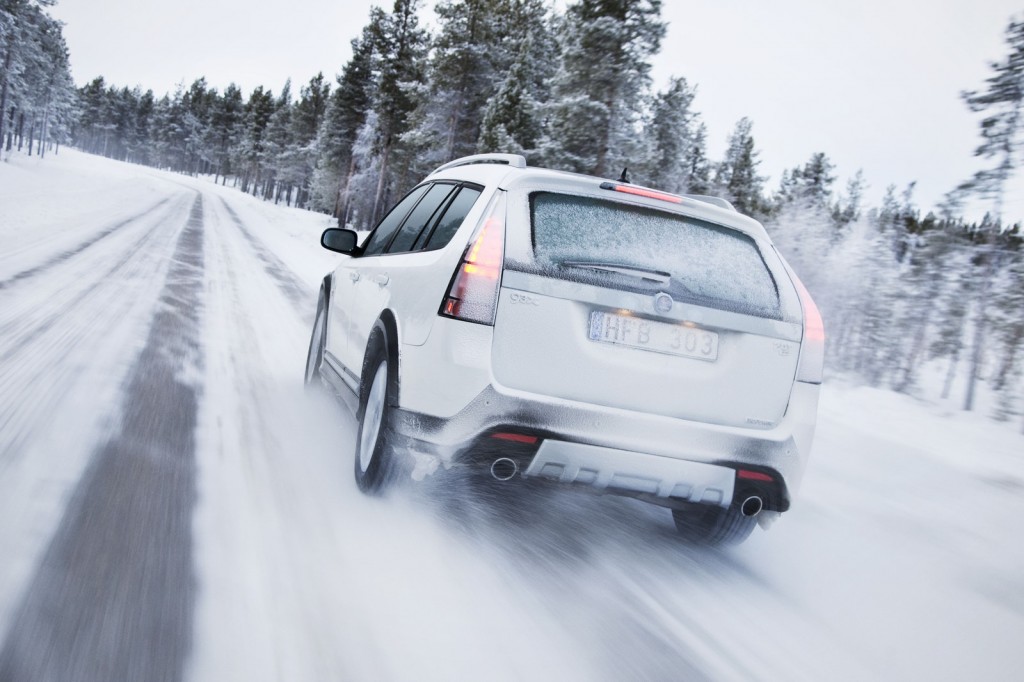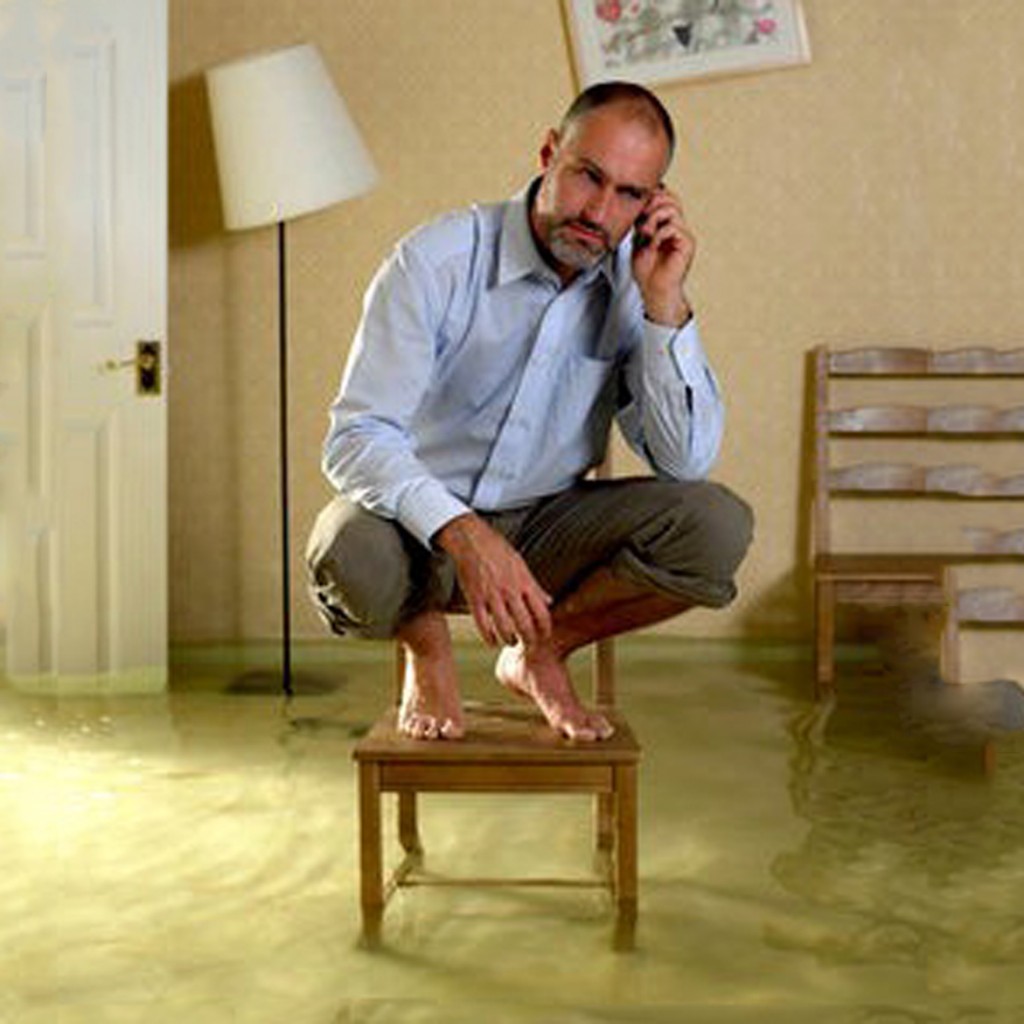
Farm Building Code Changes
Effective January 1, 2025, the Farm Building Code was amended to bring it into alignment with the National Building Code. The impact these changes have on farms and farm buildings largely depends on the use of the building and/or the size of the building. Below is a brief outline of









